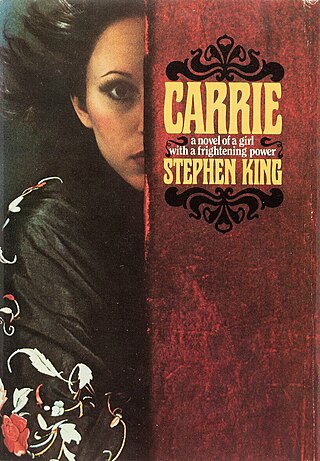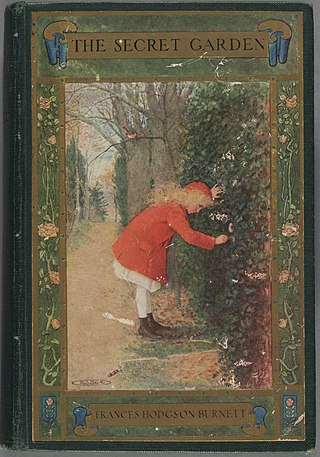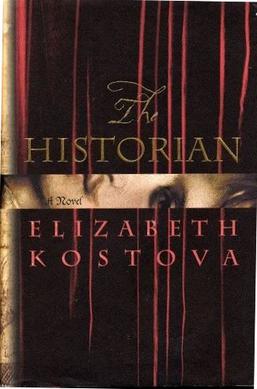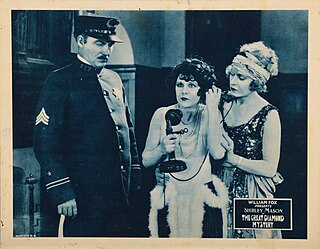Summary
The novel, a modern Gothic, concerns an American professor, William Standish, who is researching the poems of his grandmother Isobel Standish at an English manor, Esswood House, home and estate of the Seneschal family, aristocratic patrons of the literary arts for well over a hundred years. D. H. Lawrence, T. S. Eliot, Ford Madox Ford, and Henry James were amongst those privileged to call themselves guests and Esswood Fellows. We learn that Isobel Standish found in Esswood a respite from the outer world, and in its refined atmosphere an inspiration for her work. There was always talk of a hidden secret in Esswoods past, and the Seneschal children were often pale and sickly. For Prof William Standish, fleeing the unfaithfulness of his wife and her previous abortion, and her second pregnancy, which he believes is the result of an affair she had with an academic rival, Esswood offers him the chance to study Isobel's private manuscripts at close hand, which thrills him beyond his wildest ambitions.
At the same time, he finds himself at sea in England with its different customs, and especially at Esswood, a grand Gothic pile, with its meals served by invisible servants, its rococo library, its hidden basements containing bones and giant dollhouses. Drawn into a nightmarish landscape where he is pursued by dead babies, or births of various kinds (one of Isobel's manuscripts is titled 'B.P.' which he interprets as 'Birth of the Past'), he hears faint laughter in the halls, the pitter-pattering of small feet in the night; strange faces appear in the windows of the library. Standish is increasingly unable to distinguish fact from reality as, caught in a vortex of hallucinatory images, he is subject to the unfolding of the dark secrets of Esswood.

Gothic fiction, sometimes called Gothic horror, is a loose literary aesthetic of fear and haunting. The name refers to Gothic architecture of the European Middle Ages, which was characteristic of the settings of early Gothic novels.

Arthur Machen was the pen-name of Arthur Llewellyn Jones, a Welsh author and mystic of the 1890s and early 20th century. He is best known for his influential supernatural, fantasy, and horror fiction. His novella The Great God Pan has garnered a reputation as a classic of horror, with Stephen King describing it as "Maybe the best [horror story] in the English language." He is also well known for "The Bowmen", a short story that was widely read as fact, creating the legend of the Angels of Mons.

Ramsey Campbell is an English horror fiction writer, editor and critic who has been writing for well over fifty years. He is the author of over 30 novels and hundreds of short stories, many of them winners of literary awards. Three of his novels have been adapted into films.

Carrie is a 1974 horror novel, the first by American author Stephen King. Set in Chamberlain, Maine, the plot revolves around Carrie White, a friendless, bullied high-school girl from an abusive religious household who discovers she has telekinetic powers. Remorseful for picking on Carrie, Sue Snell insists that she go to prom with Sue's boyfriend Tommy Ross, though a revenge prank pulled by one of Carrie's bullies on prom night humiliates Carries, leading her to destroy the town with her powers out of revenge. An epistolary novel, Carrie deals with themes of ostracization and revenge, with the opening shower scene and the destruction of Chamberlain being pivotal scenes.

Eleanor Alice Hibbert was an English writer of historical romances. She was a prolific writer who published several books a year in different literary genres, each genre under a different pen name: Jean Plaidy for fictionalized history of European royalty and the three volumes of her history of the Spanish Inquisition, Victoria Holt for gothic romances, and Philippa Carr for a multi-generational family saga. She also wrote light romances, crime novels, murder mysteries and thrillers under pseudonyms Eleanor Burford, Elbur Ford, Kathleen Kellow, Anna Percival, and Ellalice Tate.

Robert William Chambers was an American artist and fiction writer, best known for his book of short stories titled The King in Yellow, published in 1895.

Peter Francis Straub was an American novelist and poet. He had success with several horror and supernatural fiction novels, among them Julia (1975), Ghost Story (1979) and The Talisman (1984), the latter co-written with Stephen King. He explored the mystery genre with the Blue Rose trilogy, consisting of Koko (1988), Mystery (1990) and The Throat (1993). He fused the supernatural with crime fiction in Lost Boy, Lost Girl (2003) and the related In the Night Room (2004). For the Library of America, he edited the volume H. P. Lovecraft: Tales and the anthology American Fantastic Tales. Straub received such literary honors as the Bram Stoker Award, World Fantasy Award, and International Horror Guild Award.

She, subtitled A History of Adventure, is a novel by the English writer Sir H. Rider Haggard, published in book form in 1887 following serialisation in The Graphic magazine between October 1886 and January 1887. She was extraordinarily popular upon its release and has never been out of print.

The Secret Garden is a children’s novel by Frances Hodgson Burnett first published in book form in 1911, after serialisation in The American Magazine. Set in England, it is seen as a classic of English children's literature. The American edition was published by the Frederick A. Stokes Company with illustrations by Maria Louise Kirk and the British edition by Heinemann with illustrations by Charles Heath Robinson.

The Castle of Otranto is a novel by Horace Walpole. First published in 1764, it is generally regarded as the first gothic novel. In the second edition, Walpole applied the word 'Gothic' to the novel in the subtitle – A Gothic Story. Set in a haunted castle, the novel merged medievalism and terror in a style that has endured ever since. The aesthetic of the book has shaped modern-day gothic books, films, art, music, and the goth subculture.

Melmoth the Wanderer is an 1820 Gothic novel by Irish playwright, novelist and clergyman Charles Maturin. The novel's titular character is a scholar who sold his soul to the devil in exchange for 150 extra years of life, and searches the world for someone who will take over the pact for him, in a manner reminiscent of the Wandering Jew.

Tanith Lee was a British science fiction and fantasy writer. She wrote more than 90 novels and 300 short stories, and was the winner of multiple World Fantasy Society Derleth Awards, the World Fantasy Lifetime Achievement Award and the Bram Stoker Award for Lifetime Achievement in Horror. She also wrote a children's picture book, and many poems. She wrote two episodes of the BBC science fiction series Blake's 7 .
Dark fantasy is a subgenre of fantasy literary, artistic, and cinematic works that incorporate disturbing and frightening themes. It often combines fantasy with elements of horror, possessing a dark and gloomy tone or an atmosphere of horror and dread.
Donald M. Grant, Publisher, Inc. is a fantasy and science fiction small press publisher in New Hampshire that was founded in 1964. It is notable for publishing fantasy and horror novels with lavish illustrations, most notably Stephen King's The Dark Tower series and the King/Peter Straub novel The Talisman.

The Historian is the 2005 debut novel of American author Elizabeth Kostova. The plot blends the history and folklore of Vlad Țepeș and his fictional equivalent Count Dracula. Kostova's father told her stories about Dracula when she was a child, and later in life she was inspired to turn the experience into a novel. She worked on the book for ten years and then sold it within a few months to Little, Brown and Company, which bought it for US$2 million.
The Story of the Glittering Plain is an 1891 fantasy novel by William Morris, perhaps the first modern fantasy writer to unite an imaginary world with the element of the supernatural, and thus the precursor of much of present-day fantasy literature. It is also important for its exploration of the socialist themes that interested Morris.

The General's Wife is a horror short story by Peter Straub. It was first published in 1982 by Donald M. Grant, Publisher, Inc. in an edition of 1,200 copies and was issued without a jacket. The story is from a previously unpublished extract from the manuscript of Straub's novel, Floating Dragon.

Great Diamond Mystery is a 1924 American silent mystery film directed by Denison Clift and starring Shirley Mason, Jackie Saunders, and Harry von Meter.

Since the initial publication of Mary Wollstonecraft Shelley's novel Frankenstein; or, The Modern Prometheus in 1818, there has existed uncertainty about the extent to which Mary Shelley's husband, Percy Bysshe Shelley, contributed to the text. Whilst the novel was conceived and mainly written by Mary, Percy is known to have provided input in editing and publishing the manuscript. Some critics have alleged that Percy had a greater role—even the majority role—in the creation of the novel, though mainstream scholars have generally dismissed these claims as exaggerated or unsubstantiated. Based on a transcription of the original manuscript, it is currently believed that Percy contributed between 4,000 and 5,000 words to the 72,000 word novel.

Romance, is a "a fictitious narrative in prose or verse; the interest of which turns upon marvellous and uncommon incidents". This genre contrasted with the main tradition of the novel, which realistically depict life. These works frequently, but not exclusively, take the form of the historical novel. Walter Scott describes romance as a "kindred term", and many European languages do not distinguish between romance and novel: "a novel is le roman, der Roman, il romanzo".
















